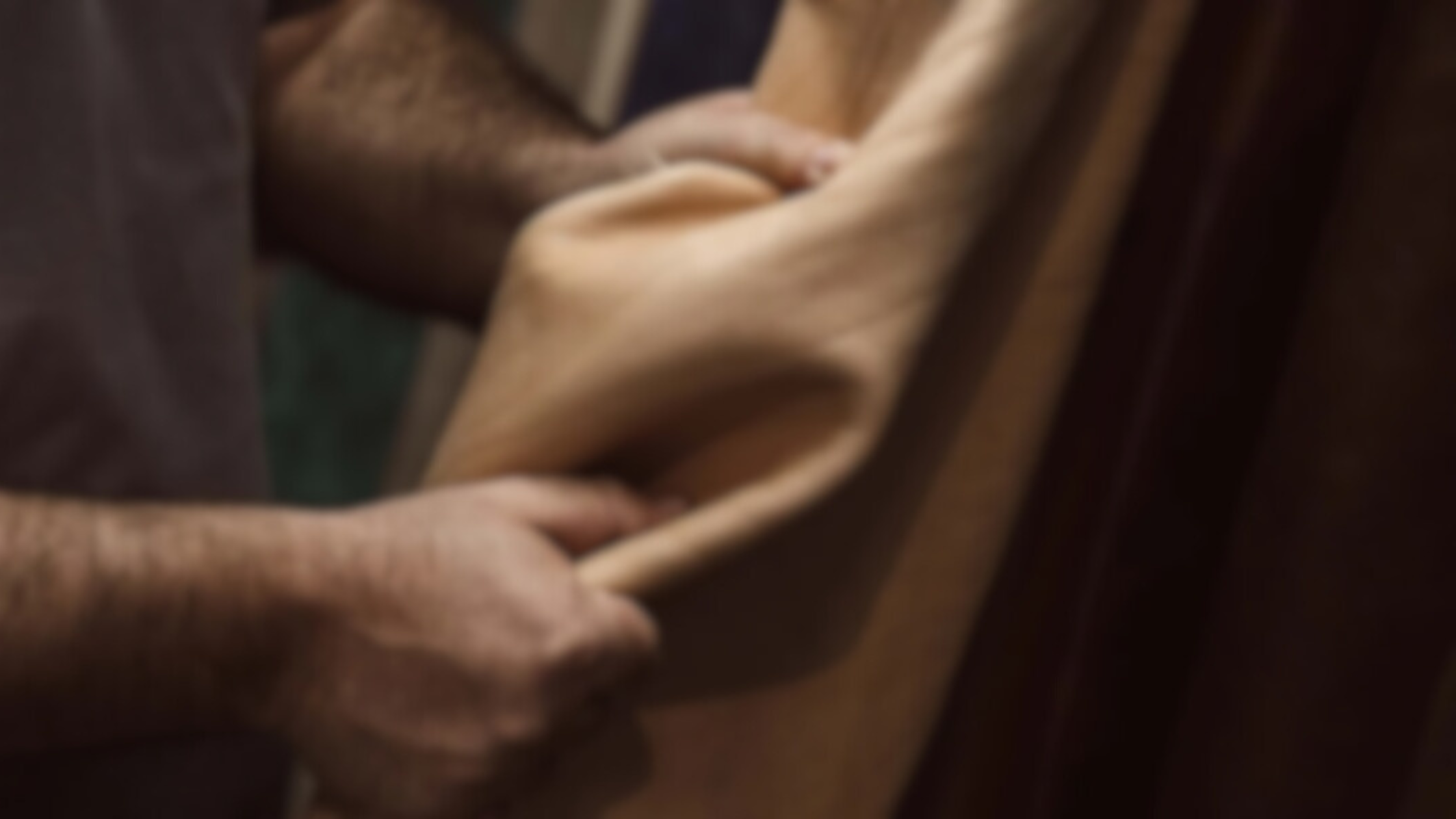In the world of fashion, few items carry the timeless appeal and rugged elegance of a genuine leather jacket. It’s a staple in wardrobes around the globe, coveted for its durability, versatility, and classic style. However, not all leather jackets are created equal. To ensure you’re investing in a high-quality piece, it’s essential to know how to spot a genuine leather jacket amidst the sea of imitations. Leather jackets are a classic and timeless piece of clothing that can last for many years with proper care. However, not all leather jackets are created equal. There are many counterfeit leather jackets on the market that are made from low-quality materials and will not last as long. In this guide, we’ll take you through the key factors to consider, helping you make an informed purchase.
The Leather Basics
Before we delve into identifying genuine leather, let’s understand the basics:
Types of Leather
- Full-Grain Leather: This is the highest quality leather, featuring the entire grain of the hide. It’s robust, develops a beautiful patina over time, and often displays natural imperfections, adding character.
- Top-Grain Leather: This is the second-highest quality, with the top layer of the hide sanded to remove imperfections. It’s more uniform in appearance but slightly less durable than full-grain leather.
- Genuine Leather: This term can be misleading, as it refers to real leather but doesn’t specify the quality. It’s often used for lower-end products.
- Bonded Leather: This is made from leftover leather scraps and adhered together with synthetic materials. It’s the lowest quality and should be avoided for jackets.

Identifying Genuine Leather Jacket
1. Look for Imperfections
Genuine leather often has imperfections, such as scars or insect bites, which are marks of authenticity. These imperfections give the leather a unique character. If the leather appears too perfect, it may not be genuine.
2. Check the Texture
Run your fingers over the surface. Genuine leather should feel soft and slightly uneven. You may be able to feel the natural grain and imperfections. Fake leather often feels smooth and plastic-like.
3. Smell the Leather
Genuine leather has a distinctive, earthy smell. It’s a scent that’s hard to replicate, so if the jacket smells strongly of chemicals or plastic, it’s likely not genuine.
4. Examine the Edges
Look closely at the edges of the material, especially where it’s cut. Genuine leather typically has rough, irregular edges, whereas fake leather has perfectly smooth edges.
5. Bend and Scrunch Test
Genuine leather is flexible and will wrinkle when bent, but it should return to its original shape when released. Fake leather may crease but won’t bounce back.
6. Observe the Aging
Genuine leather develops a patina over time, a unique sheen that adds character and beauty. Fake leather won’t develop this patina.
7. Check the Label
Examine the label or tag on the jacket. Look for terms like “Full-Grain,” “Top-Grain,” or “Real Leather.” Beware of labels that simply say “Genuine Leather” without specifying the type.
8. Investigate the Price
Quality leather is an investment, and genuine leather jackets typically come with a higher price tag than fake ones. If the deal seems too good to be true, it might not be genuine leather.
Conclusion
Investing in a genuine leather jacket is a decision that combines style and durability. By knowing how to spot the telltale signs of genuine leather, you can make a purchase that will not only elevate your wardrobe but also stand the test of time. Remember to do your research, trust your senses, and invest wisely. A high-quality leather jacket can be a lifelong companion, adding both style and substance to your fashion journey.


No Comments